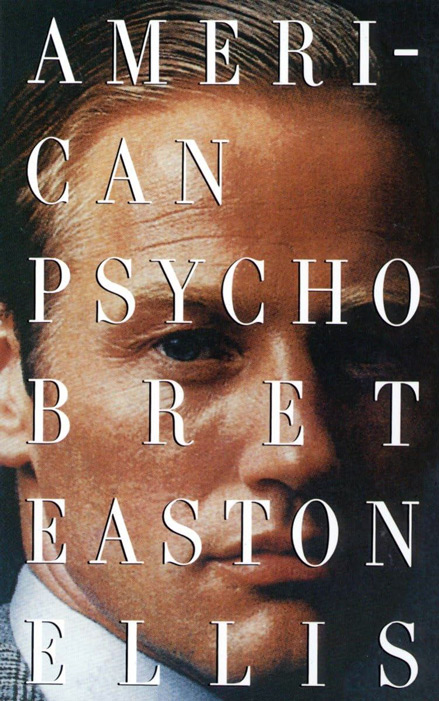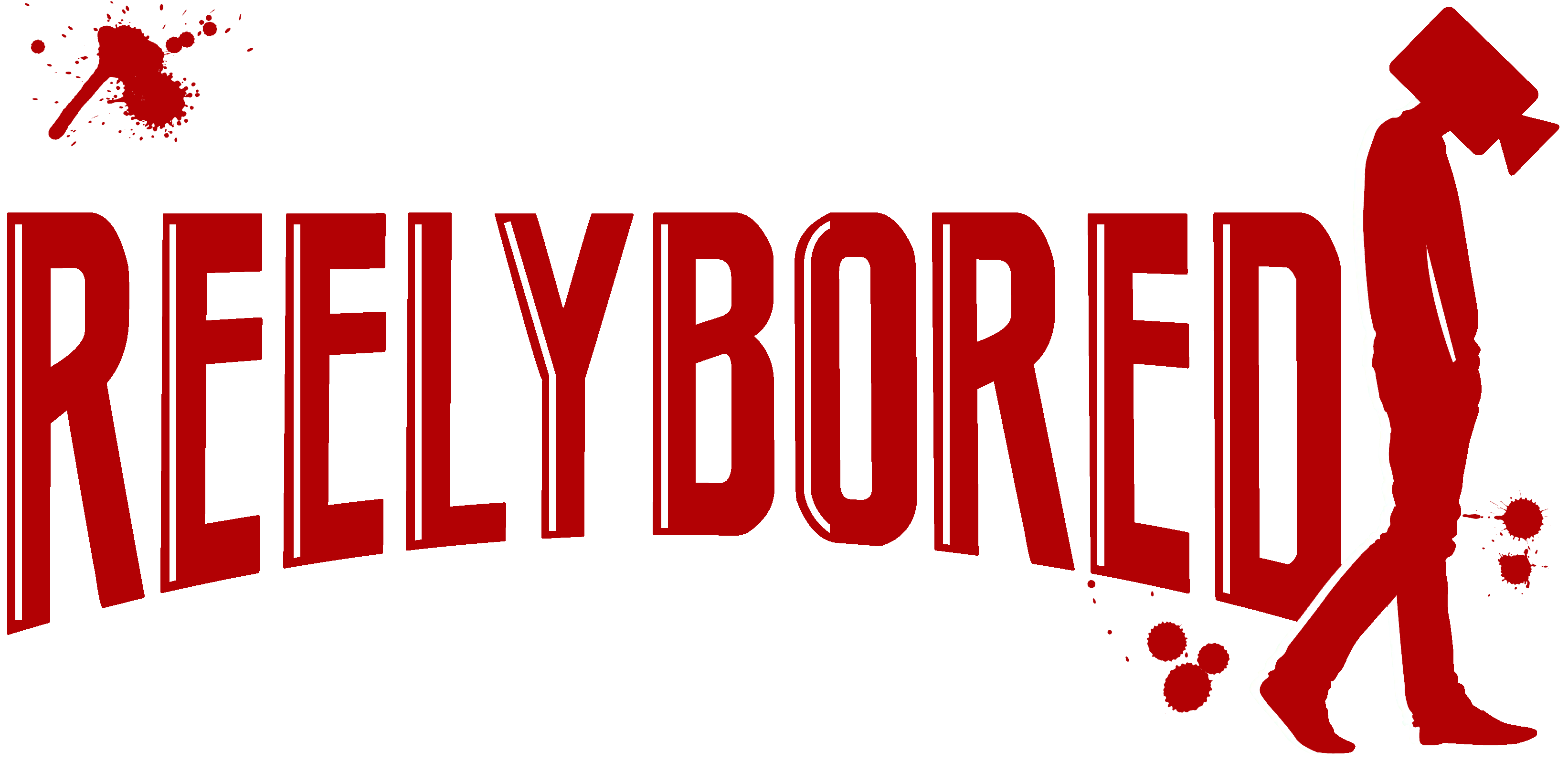American Psycho: Horror Book Review

Patrick Bateman moves among the young and trendy in 1980s Manhattan. Young, handsome, and well educated, Bateman earns his fortune on Wall Street by day while spending his nights in ways we cannot begin to fathom. Expressing his true self through torture and murder, Bateman prefigures an apocalyptic horror that no society could bear to confront.
Horror Book Review: American Psycho
“Can you please pass the mustard?”
“You mean the Grey Poupon?”
“Yes, the mustard.”
“Actually, it is a dijon mustard, which is made with brown mustard seeds and white wine, giving it a more complex, sharper, and tangier flavor compared to the milder, brighter yellow mustard which typically uses yellow mustard seeds and vinegar as its base ingredients; Dijon mustard also often includes a tart ingredient called verjuice, contributing to its unique taste.”
“Jesus, Patrick, just pass me the damn mustard!“
I looked at Colin and wanted to gouge out his eyeball with the steak knife and carve out his lips but I didn’t want to ruin my Platinum Rolex and my limited edition Christian Dior which was tailor-made form a rare fabric that comes from Central America, or is it Central Europe?
“Is that John Sanders over and who is that hard body he is with? John, John!”
That’s not John, it’s Sam Witherby, and that hard body is Samantha Frox. I know, because we dated for a week, or was it a year, after she left that loser boyfriend, Carl, when we were both at Yale. I made eye contact with Sam and he waved at me. Shit!
“Hey Luis, Luis, come on over!”
He was confusing me with Luis Douglas, the CEO of Stanley Brooks, the hedge-fund brokerage firm that made headlines in 1981 when the former CEO was arrested for a ponzi scheme that brought the firm to its knees. It wasn’t until Luis Douglas, the hotshot financier, save Brooks from financial ruin.
None of this is in the book but something resembling this passage, with better writing of course, is what you can expect when reading Bret Easton Ellis’ American Psycho. I will tell you, without a doubt, that reading American Psycho is a bit of a chore. There are constant references to designer clothing, electronics, exquisite foods, music reviews, business cards and more. Ellis details all of this extensively, sometimes paragraphs, sometimes pages. This style of writing can dissuade people from reading but, I am here to tell you to carry on and keep reading because it gets better and we bear witness to the unravelling of a man’s psychosis. That man is Patrick Bateman.
When I started reading American Psycho, it put me to sleep on more than one occasion. Initially, it was boring, but having seen the film so many years ago, I knew what was in store. I did not, however, realize that the film is the “PG-rated” version compared to the book. Both the book and the movie depict Patrick Bateman’s descent into madness, detailing his horrific actions. Yes, the film does this in its 1hr and 42 minute runtime but it is a much more condensed version, as one would expect. Ellis highlights and drills into our heads, in painstaking detail, what I can only imagine what it’s like to be a part of the “elite”, or the 1%. It is, indeed, how I imagine some of them to be: smug, unforgiving, unapologetic, vain, greedy, dismissive… I can go on. Of course, film and television have spoon-fed me my portrayal of the rich, so it’s no wonder why I feel this way. Ellis further exemplifies these sentiments by turning these characters into stereotypical caricatures.
Ellis’ American Psycho flirted with realism and surrealism as we explored the world through Bateman’s eyes. Bateman constantly had run-ins with homeless people where, at first, he feigned empathy with them. He toyed with the idea of being a decent human being, only to quickly abandon those sentiments. I was that homeless person. No, I don’t live on the streets. Yes, I have a job. But, there are seemingly only two classes in the book – the rich and poor. I am certainly not rich, therefore; I am poor. The constant critiquing and belittling of those unfortunate in the book hit hard and was disturbing. Bateman constantly dismissed, ridiculed, and humiliated them. That was just the start of his abuse; later, his darker side emerged, discarding people like trash. The homeless weren’t his only victims and I can say that Bateman was not discriminatory in choosing his victims. However, women received the brunt of his brutality and savageness.
It is with these encounters with women where Patrick reveled in his sadistic endeavors and where, no doubt, there is a lot of backlash towards Bret Easton Ellis on the portrayal of violence towards women. After having seen the movie, I picked up on the violence towards women, but the book is on a whole other level. Even I cringed in some parts and softly uttered to myself, “Damn,” after reading a few of the particular graphic passages in the book. The author depicts these acts of violence unexpectedly, but in reality, they build slowly, much like a Ti West film—a slow burn.
No, I am not saying that the payoff is the violence in the book. The buildup made this book entertaining. Not to mention that there are more than a few instances that had me laughing out loud, only to stop me dead in my tracks moments later. The lack of clarity as to what is really going on in American Psycho can create confusion and a lack of understanding, more so recognize that there is even a payoff. Because the book is seen trough Bateman’s eyes, it becomes evidently clear that he is an unreliable narrator, leaving many questions at the book’s conclusion. The narrative of the book is a minimalistic, even drab, read then, in an instant, turns it into a disturbing portrayal of a man on the verge of a psychotic breakdown. Furthermore, what made American Psycho all the more unhinged and frightening was not just Patrick Bateman but that of his colleagues and cohorts alike. They too play a role in society as depicted in the novel, turning a blind eye to Bateman’s antics and odd behavior. While I will not say that American Psycho is a masterpiece, it stayed with me for some time after I finished reading. Perhaps it was because of the graphic nature of the book and its gratuitous violence or the fear that there is possibly someone out there, like Patrick Bateman, hiding under the cover of wealth. This is what makes American Psycho frightening.
